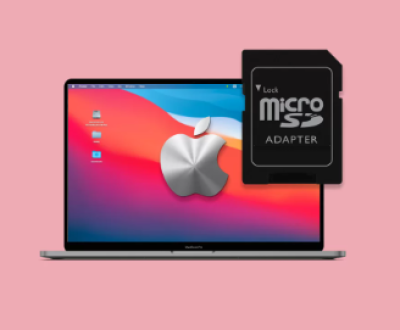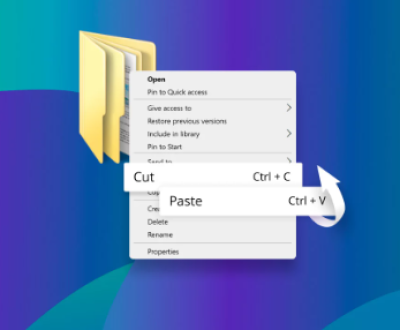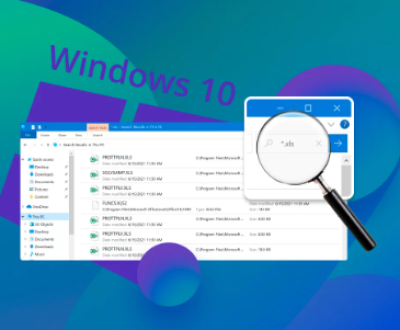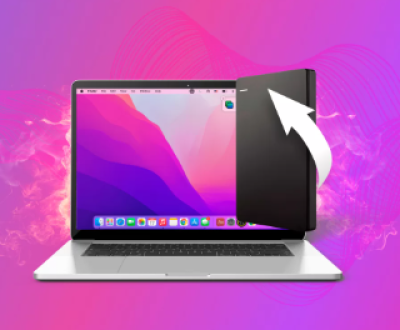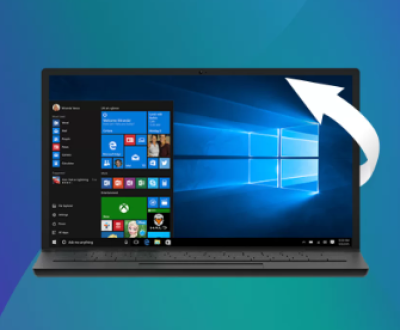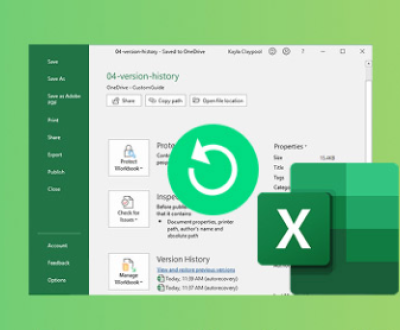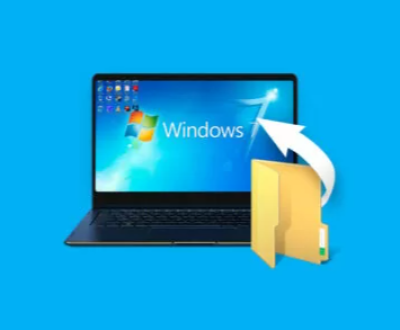Types of SD Card Readers: Outline the different types of SD card readers available, such as USB-A, USB-C, and multi-card readers. Discuss compatibility with different devices (e.g., computers, smartphones, tablets).
Key Features to Consider:
Transfer Speed: Importance of fast data transfer rates for handling large video files.
Portability: Considerations for hunters or wildlife enthusiasts who might be in remote locations.
Durability: The need for rugged, weather-resistant designs, especially when used in outdoor environments.
Compatibility: Ensuring the reader supports the specific type of SD card used in trail cameras (e.g., SDHC, SDXC).
Ease of Use: Plug-and-play functionality, and whether it requires additional software.
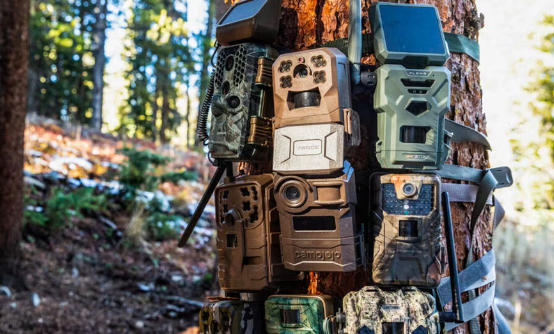
Top SD Card Readers for Trail Cameras
SanDisk ImageMate PRO Multi-Card Reader
Overview: High-speed reader compatible with SD, microSD, and CompactFlash cards.
Pros: Fast transfer speeds, multi-card compatibility, reliable brand.
Cons: Slightly larger in size, might be overkill for those only using SD cards.
Best For: Users needing versatility with multiple card formats.
Anker 2-in-1 USB 3.0 SD Card Reader
Overview: Compact reader with dual slots for SD and microSD cards.
Pros: Affordable, lightweight, and portable with USB 3.0 speed.
Cons: Limited to SD and microSD cards, not ideal for large-volume transfers.
Best For: Budget-conscious users looking for a simple, portable solution.
Transcend RDF8 USB 3.1 SD Card Reader
Overview: High-performance reader with USB 3.1 interface, supports various card types.
Pros: Excellent transfer speed, robust build, backward compatibility.
Cons: Bulkier compared to ultra-portable options.
Best For: Professionals requiring fast, reliable transfers for large files.
UGREEN SD Card Reader USB 3.0
Overview: Dual slot reader compatible with SD, microSD, and CF cards.
Pros: Durable, easy-to-use, multi-functional.
Cons: Larger design, might not fit into tight spaces with other USB devices.
Best For: Users needing a versatile, rugged reader for various card types.
Lexar Professional USB 3.0 Dual-Slot Reader
Overview: High-speed, dual-slot reader ideal for professional photographers and videographers.
Pros: Fast data transfer, supports simultaneous card transfers, sleek design.
Cons: More expensive, might be over-featured for casual users.
Best For: Professionals or enthusiasts needing fast, simultaneous multi-card transfers.
Comparing the Best SD Card Readers
Transfer Speed: Analyze which readers offer the best transfer speeds and how that impacts file management for trail camera footage.
Portability: Compare the size, weight, and ease of transport for each model.
Durability: Discuss the build quality and suitability for outdoor use.
Compatibility: Evaluate which readers offer the widest compatibility with different devices and card types.
Price vs. Performance: Provide a detailed comparison of the value offered by each reader relative to its cost.
Use Case Recommendations
Best for Casual Users: Recommend options like the Anker 2-in-1 for those who need basic functionality.
Best for Professionals: Highlight the Lexar Professional for users needing high-speed, dual-slot functionality.
Best for Outdoor Enthusiasts: Suggest durable options like the UGREEN SD Card Reader for those using trail cameras in rugged environments.
Tips for Choosing the Right SD Card Reader
Consider Your Devices: Match the card reader’s interface (USB-A, USB-C) with your devices.
Evaluate Your Usage: Choose a reader based on the volume of data you typically manage and the environments where you use it.
Check for Updates: Ensure the reader is compatible with the latest SD card technologies and file systems.
Final Thoughts: Summarize the importance of choosing the right SD card reader for your trail camera and emphasize the impact on data management and ease of use.
Encouragement to Choose Wisely: Reinforce that selecting the right card reader will enhance the overall experience of managing trail camera footage.
About us and this blog
Panda Assistant is built on the latest data recovery algorithms, ensuring that no file is too damaged, too lost, or too corrupted to be recovered.
Request a free quote
We believe that data recovery shouldn’t be a daunting task. That’s why we’ve designed Panda Assistant to be as easy to use as it is powerful. With a few clicks, you can initiate a scan, preview recoverable files, and restore your data all within a matter of minutes.
Subscribe to our newsletter!
More from our blog
See all postsRecent Posts
- How to restore lost files on sd card 2025-07-03
- How to restore lost files 2025-07-03
- How to restore lost word document 2025-07-03

 Try lt Free
Try lt Free Recovery success rate of up to
Recovery success rate of up to

